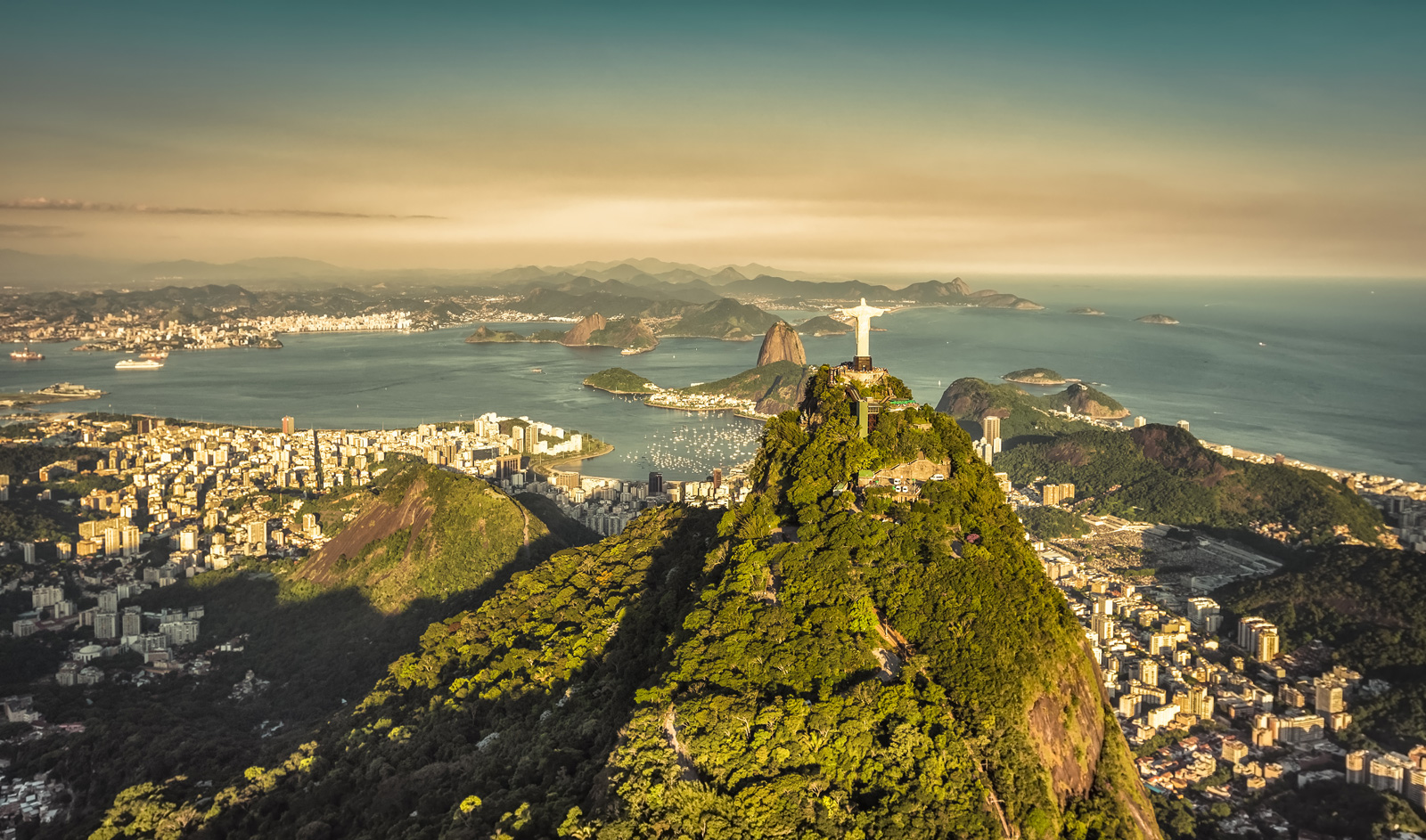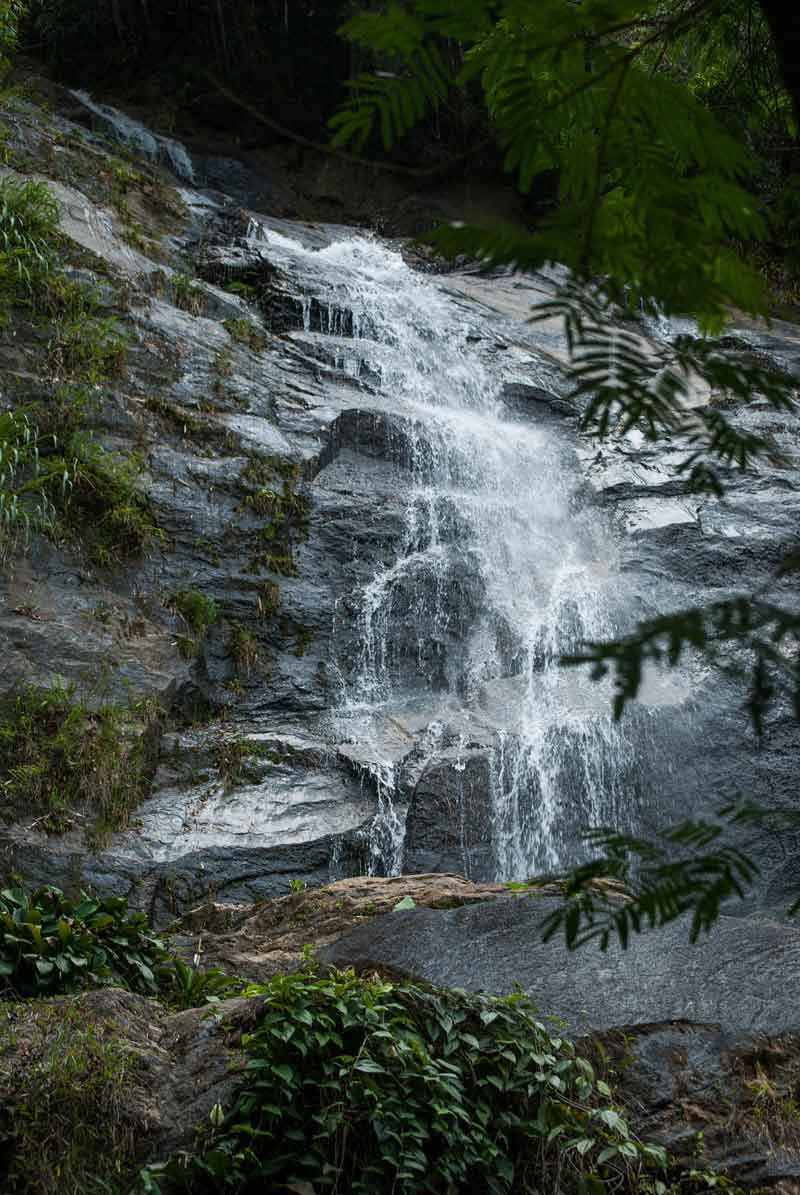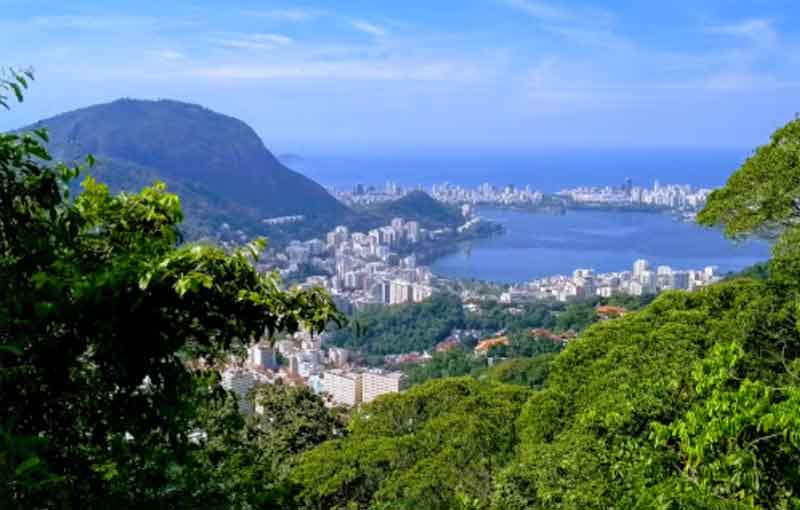Established in 1961, the sprawling Tijuca National Park is – arguably – the world’s largest urban forest. Some might argue that Johannesburg in South Africa is home to the world’s largest man-made wooded area, but it’s actually Rio de Janeiro that takes the title. Granted, Johannesburg is one of the largest forests, but we’re handing the baton to Brazil. The Tijuca Forest carpets 3,953 hectares of reclaimed land that was previously cleared for coal and coffee production. Tijuca is now home to a mosaic of trails, cascading waterfalls, wildlife, viewpoints and famous landmarks (most notably the art deco Christ the Redeemer statue).

History of the Tijuca National Park
The initial reforestation project on the outskirts of the city actually started in 1861, when water sources became scarce. It was quickly realised that the production of coal and coffee was depleting the city’s water supply. Industry cleared and wiped out the natural rainforest, and the city suffered to consequences. And so the reforestation process began with the replanting of over 100, 000 trees after the arduous task of expropriating land in the interest of the public. The task was long and drawn-out, but much needed. In 1961 the urban rainforest was declared a national park, and has since become a much-visited destination in Rio de Janeiro.
General tourist info about Tijuca National Park
This urban rainforest inside city limits is an absolute gem to explore, and there are plenty of activities and monuments to visit within the park. The Tijuca Peak and Corcovado mountain where Christ Redeemer statue is located are two major attractions which should not be missed. Visitors would need, on average, 2 days to explore the park. The park is open from 8am to 18:00, so we recommend you set aside a couple of days for exploration purposes – just bear in mind that summer is the rainy season, so you’ll need to check the weather prior to planning your activities. During the peak season and carnival time it’s recommended that you get an early start to your sightseeing.
Things to do in Tijuca National Park
There are many different ways to explore the Tijuca National Park, with varying routes. Its many roads allow visiting on foot, bicycle, car and even busses.
- The fitness fanatics should hike up to the Tijuca Peak. You can either drive right up to the start of the trail, or walk from the park entrance. From the entrance it’s about 5.5 km to the top, with a 2km uphill from the start of the actual trail where the carpark is located. It’s a safe and rewarding trail, offering up exquisite panoramic views of Rio.
- The much-photographed and Instagrammed statue of the art deco statue of Christ the Redeemer stands proudly on top of the Corcovado mountain. There are many ways of getting to the statue. You can take a taxi to the car park halfway up the Corcovado mountain, or a train from the base of the mountain. And then there’s a long winding path that starts at the Parque Lage, ideal for the hikers among us.
- A fun way to explore the park is to sign-up for a fun rainforest jeep tour, which offers a wonderful overview of this tropical wonderland.
- There are opportunities to enjoy rock climbing and abseiling within the park. You’d need to sign up for a professionally guided tour for this extreme adventure. There’s also hang gliding and zip lining tours.
- Take a gentle stroll around the matrix of paths and ogle over the tranquil Horto Waterfalls. Use this time to look out for sloths, monkeys and over 62 species of mammals, not to mention the prolific birdlife in the area.
Getting around Tijuca National Park
The main entrance to the park is located at Afonso Viseu square, where visitors can access the Tijuca Forest. The most popular entrance area for the waterfalls, easy trails and picnic areas is Alto da boa vista. This is also where the visitor’s centre is located.
There are a few common treks throughout the park, and roughly 30 waterfalls. Visitors will need to find which entrance serves the circuit they wish to traverse, or their points of interest.




